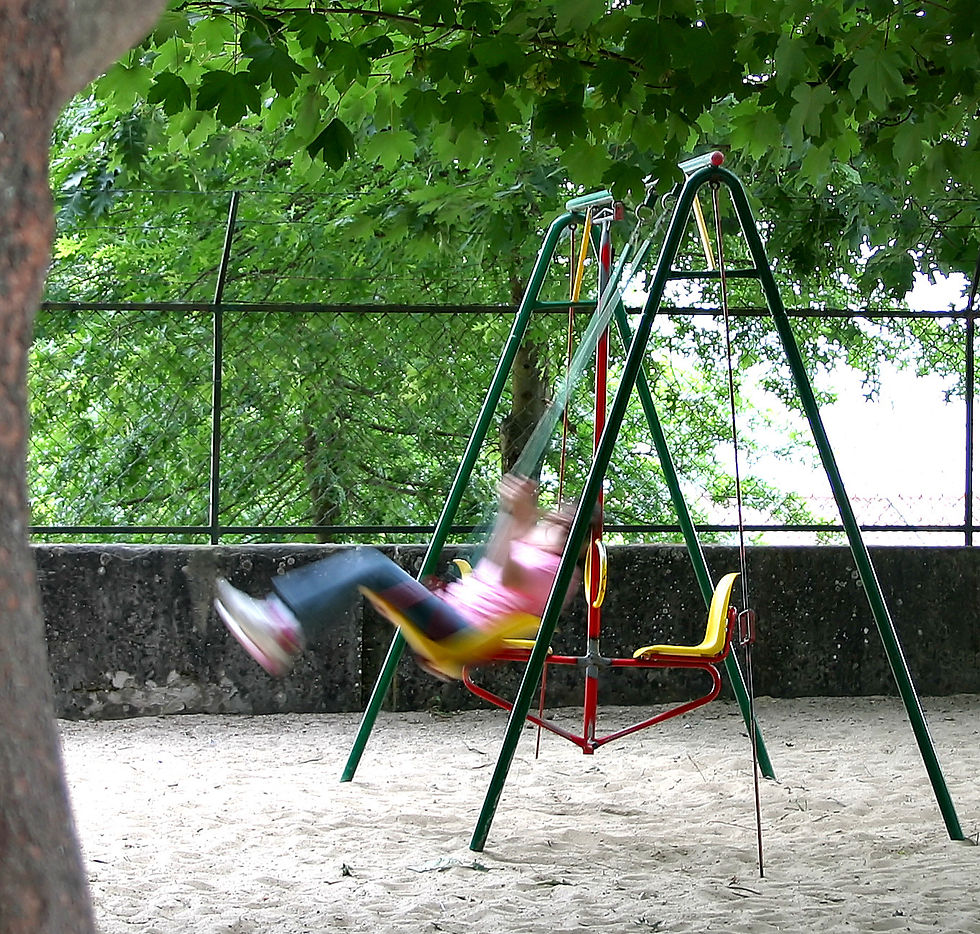Finding Your Child's Calm: The Soothing Power of Slow Movement (Vestibular Input)
- LeeAnn Mateffy
- Apr 22
- 2 min read

As a pediatric occupational therapist with years (decades) of experience, I talk with parents about helping their kids manage their energy and settle down, especially when it comes to bedtime. One really helpful tool we can use is understanding how movement affects their little bodies, specifically through the vestibular system – their inner sense of balance and movement. When we offer the right kind of movement, it can be a game-changer for helping them self-regulate during the day and drift off to sleep more easily at night.
When we think about movement, sometimes our minds jump to exciting spins, twists and tumbles. But for calming the vestibular system, we actually want to focus on slow and steady movements in one linear direction. That would be up and down when bouncing, side to side when being rocked and forward and backwards when swinging in a hammock - no spinning or twirling is involved. Think about the gentle sway of a swing moving back and forth, the smooth rhythm of moving in a rocking chair together, or even the consistent motion of a car ride. These kinds of movements give their brains a predictable, grounding feeling that can be organizing and soothing to their nervous systems, almost like a gentle rhythm that tells their bodies it’s time to wind down a bit.
Adding these calming vestibular activities into your child's day can make a noticeable difference in how they handle transitions and focus on quieter tasks. A little bit of gentle swinging after some active playtime can help them shift gears before sitting down to read or do puzzles. Slow rocking as part of their bedtime routine can signal to their bodies that it's time to relax and get ready for sleep. Even a calm stroller walk can help to reset their system if they're feeling a little overwhelmed. The key is that predictable, rhythmic motion that helps their bodies understand, "Okay, it's safe to slow down now."
By understanding how slow, rhythmic movement can calm the vestibular system, you can add these simple activities into your daily routines to support better self-regulation and more peaceful nights. It’s a gentle, natural way to help your kids find their calm and get the rest they need, which is a win for the whole family!
What are some vestibular activities that YOU might try at home this week? Leave a comment below and let me know!
You've got this!
-LeeAnn
.png)



Comments